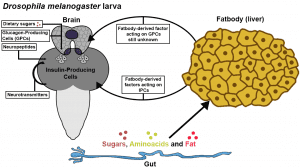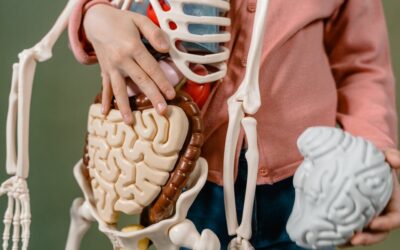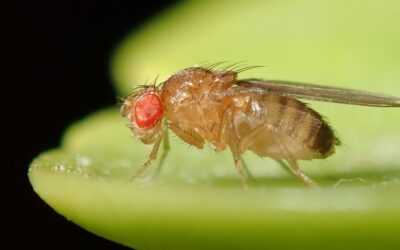Regulation of energy homeostasis, which is under strict hormonal control of insulin and glucagon, is vital for the survival of every organism. Abnormal regulation of these pathways results in serious ailments such as diabetes, obesity and cancers. Hence, understanding the factors that regulate these pathways is of cardinal importance. Mechanisms regulating these hormones are highly conserved between mammals and insects. These parallels along with powerful genetic tools make the fruit fly, Drosophila melanogaster, an attractive model system to identify and characterize the pathways that regulate insulin and glucagon pathways.

Local and remote signals regulate insulin and glucagon in the Drosophila larva.
While we have a good understanding of insulin-Insulin like Growth Factor (IGF) signaling (IIS) and the factors regulating insulin production, glucagon production has received relatively less attention and is poorly understood.
In this WIREs review, a summary of current knowledge of the factors that control the regulation and release of insulin and glucagon in Drosophila. These factors include diet, hormones, neuropeptides and molecules secreted by remote organs. Recent studies also indicate that energy homeostasis is much more complex than the simple complementary nature of insulin and glucagon.
There is still the need for future studies to decipher how energy homeostasis is governed in Drosophila. As most factors identified in flies have counterparts in mammals, findings in the fly may have direct relevance to humans.













